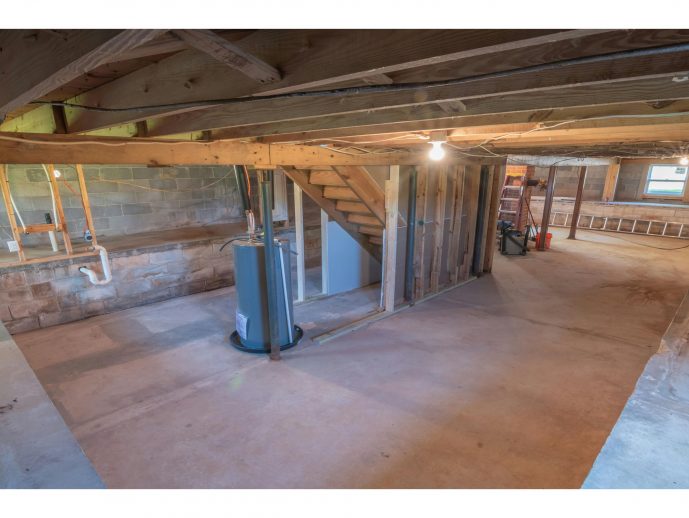Categories more
- Adventures (16)
- Arts / Collectables (15)
- Automotive (37)
- Aviation (10)
- Bath, Body, & Health (75)
- Children (6)
- Cigars / Spirits (30)
- Cuisine (16)
- Design/Architecture (19)
- Electronics (12)
- Entertainment (4)
- Event Planning (3)
- Fashion (44)
- Finance (9)
- Gifts / Misc (6)
- Home Decor (44)
- Jewelry (39)
- Pets (3)
- Philanthropy (1)
- Real Estate (12)
- Services (22)
- Sports / Golf (14)
- Vacation / Travel (60)
- Watches / Pens (14)
- Wines / Vines (24)
- Yachting / Boating (15)
How to Prepare Your Home for a Smart Water Heater Upgrade
Published
06/19/2025Modern home upgrades begin with understanding how new technology fits into existing spaces. A water heating system that connects to digital controls or automation features requires more than just replacing the old unit. Preparing in advance ensures the process stays efficient and avoids delays.
Before installation, it’s important to confirm your home’s ability to support a smart water heater. From electrical setup to Wi-Fi connectivity, each element should align with the system’s operational needs. Let’s look at the key steps that help make your home ready for the installation.
Inspect Electrical and Plumbing Connections
Homes vary in their wiring and piping layouts, which play a significant role in readiness. Electrical panels should have the correct voltage and space for any added connections. An electrician can review this if there's any uncertainty. Most new units may also need dedicated circuits.
Advanced water heater models often need specific water line dimensions. Measuring existing inlets and outlets helps avoid delays. Proper sealing and alignment during installation rely on accurate pipe sizes and functional valves in the selected area.
Evaluate Wi-Fi Availability in the Installation Area
Modern appliances often connect to mobile applications, so network coverage must be available at the installation location. Homes with dense materials or distant setups may require adjustments to the network. If needed, small changes can improve coverage:
- Add a Wi-Fi extender to nearby outlets.
- Move a router closer to the utility area.
- Reduce signal interference from large metal objects.
Make Space for Installation and Servicing
Preparing the selected area includes checking space requirements. Some homes have small or enclosed utility rooms, which may limit access. Taking measurements before the appliance arrives helps avoid issues during the installation process.
Once installed, these systems may require occasional servicing or adjustments to settings. Accessible placements allow this without moving large items or disassembling parts of the room. Planning for open clearance around all sides makes regular upkeep easier over time.
Check for Smart Home Compatibility
Some households already use automated systems to manage appliances. Before installation, review compatibility settings between devices. Central systems may recognize specific brands or software, while others operate through separate apps.
Matching the heater’s system with existing setups helps maintain a simple control process. Taking the time to review app functions, notification settings, and connection methods can enhance the overall experience. Most systems offer guides to streamline this step during setup.
Schedule a Final Pre-Installation Walkthrough
Before the new appliance arrives, scheduling a final walkthrough of the home systems helps reduce delays. A licensed technician can review both the installation site and related systems. This includes verifying switch locations, pipe connections, and ensuring compliance with safety requirements.
A thorough check also ensures that permits or codes are followed without last-minute changes. This process reduces surprises and creates a straightforward path toward completion. After this step, your home is set for a smooth upgrade process.
Consider Local Professionals for a Reliable Setup
Upgrading appliances often means working with individuals who already understand the existing systems. Local plumbing teams familiar with both standard and connected units can handle the process with care. Their knowledge helps make each step feel more manageable.
Many homeowners prefer to work with nearby professionals who offer consistent service and simple communication. These teams often manage both everyday plumbing and smart upgrades. Reaching out early can help avoid delays and keep the installation on track.
A smart water heater brings added convenience when the home environment is prepared to support it. From checking basic systems to planning around space and access, each step contributes to a more seamless setup. Preparing with care helps ensure the new unit functions as expected and fits comfortably into daily routines.















